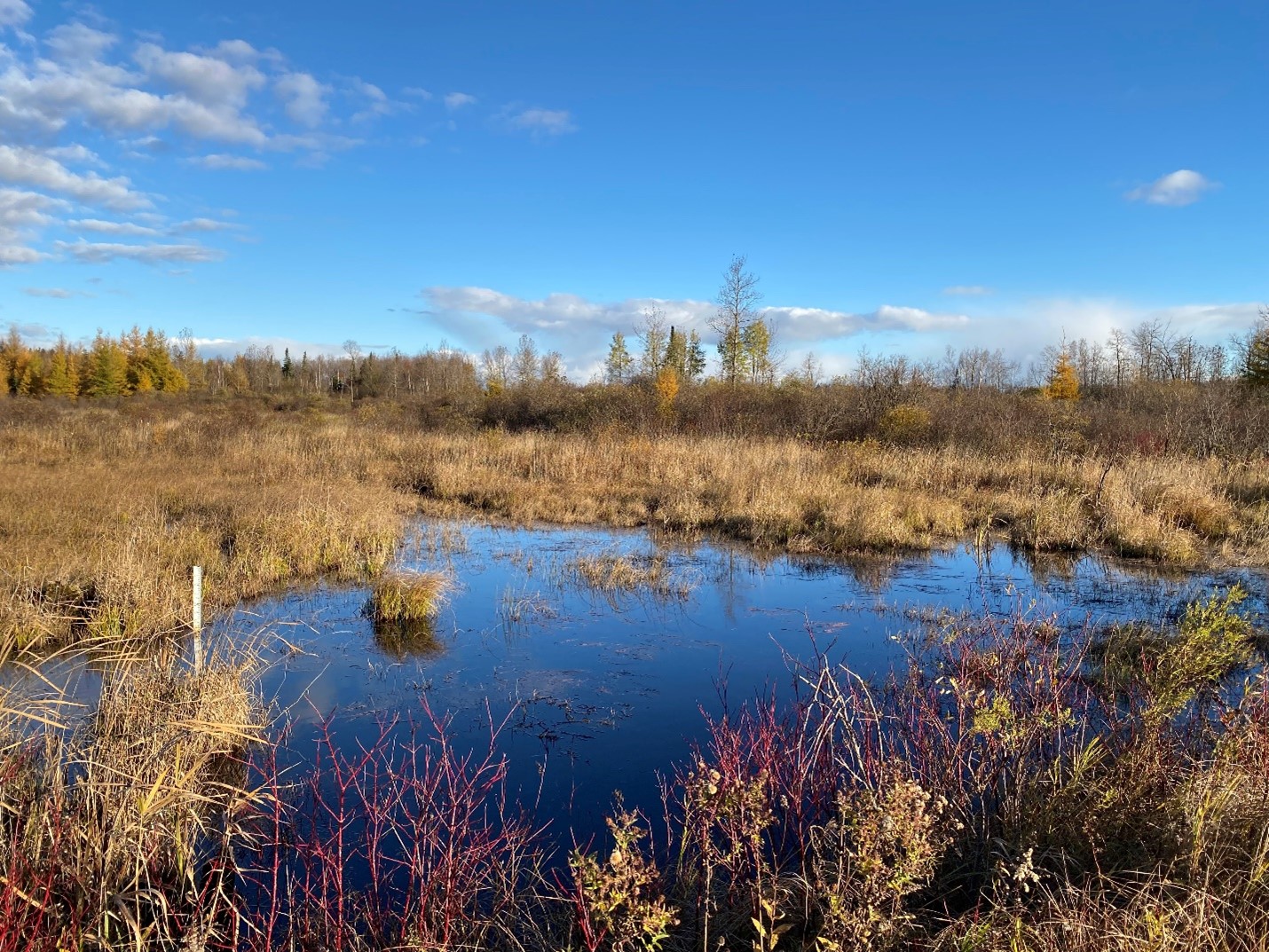The Nuclear Waste Management Organization (NWMO) is moving forward with three research studies that will help develop a deeper understanding of ecosystems in the Saugeen watershed, which encompasses the counties of Bruce, Huron, Grey, Dufferin and Wellington, and support broader environmental protection efforts across the region.
A team of biologists and soil scientists will conduct field work in the area as part of a multi-year environmental DNA sampling program. They will track the seasonal presence of local fish, reptiles, amphibians, and mussels, with analysis completed by the University of Guelph’s Hanner Lab. Two shorter-term projects taking place over the summer months will map aquatic habitats and land-based ecological features to better understand the various types of ecosystems present in the study area.
“The NWMO is committed to working collaboratively with local communities to protect the natural environment,” said Joanne Jacyk, Manager, Environmental Assessment at the NWMO. “These biodiversity studies will not only support the NWMO’s baseline monitoring program around the potential deep geological repository site in South Bruce but will also produce datasets that can be accessed by anyone with an interest in safeguarding local lands, water sources and animal habitats.”
To complete the work, contracted teams of biologists and soil scientists will require limited access to some privately-owned woodlots, wetlands and water bodies in the study area, which extends from South Bruce to the neighbouring municipalities of Brockton, Huron-Kinloss, Kincardine and Morris-Turnberry. Local property owners have the opportunity to support this important environmental research by offering access to parts of their land. Participating property owners will be offered an honorarium.
“Working with the community to advance our collective knowledge of the local environment and informing local conservation efforts is very exciting,” added Ms. Jacyk. “We look forward to working with local property owners supporting this important research.”
The three biodiversity studies are part of the NWMO’s broader environmental baseline monitoring program. The program was co-designed with local communities, conservation authorities and experts through a series of workshops to ensure that the NWMO is monitoring what local residents consider important, in a manner that is consistent with best and emerging practices.
The biodiversity studies build on other ongoing NWMO environmental and water protection efforts in South Bruce and area, including surface water quality and hydrology studies, and funding for local water well improvement projects.
South Bruce and Ignace, Ontario are the two remaining potential siting areas being considered to host Canada’s deep geological repository to isolate used nuclear fuel and protect the environment for millennia. Similar biodiversity studies were launched in Ignace, Ontario last year.
Property owners in the study area who would like to learn more and/or express interest in participating in the research can email the NWMO at sbenvironment@nwmo.ca, or visit the NWMO’s South Bruce office at 12B Clinton Street, Teeswater, ON.

